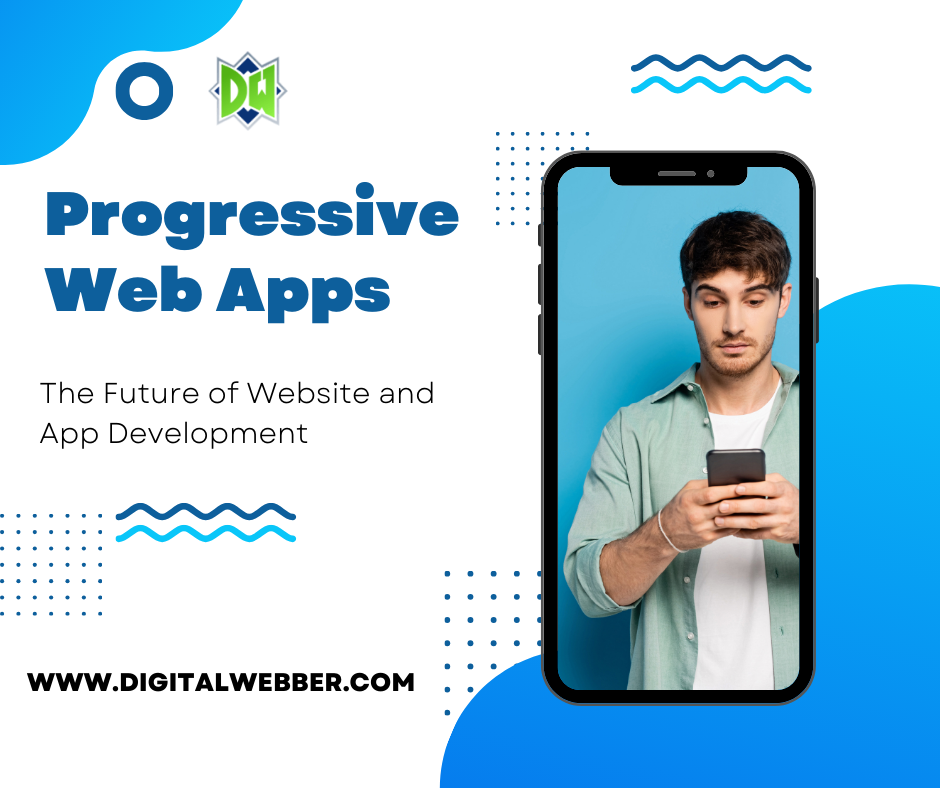Making a mobile app is an adventure. You create something that solves problems or entertains users, but what’s next? You need to monetize your mobile application to make your passion pay. This blog will discuss the best strategies and tips on app development to make money from your mobile application.
Understanding your audience for your mobile app
Before exploring monetization strategies, you must identify your audience. Knowing who uses your mobile application and what they want helps you tailor your approach to monetization.
Identify your target users: Make user personas based on demographics like age, location, and interests. This information will guide your app development process and monetization strategies.
Conduct surveys: Ask your users what features they value the most. This will reveal the goods and services they are most likely to purchase.
Analyze Competitors: Look at similar mobile apps. What are their monetization models? Are they successful with subscriptions, ads, or in-app purchases? Learn from their experiences and shape your approach.
Select the appropriate monetization model for your mobile app
After defining the target group and selecting the intended audience, monetizing the mobile app becomes a wise decision. Here are the commonly used models:
Freemium Model
The model attracts more users by introducing the product for free and charging for premium content, leading to an effortless conversion rate.
For example, suppose your mobile application is a fitness app. In that case, you can offer basic tracking for free and advanced features such as a personal coach or menu plans for a fee.
Subscription Model
Users pay a recurring fee per week, month, and year to access your app. This model is ideal for content-based applications like streaming services and educational platforms.
Use free trials to attract users to your mobile app. Once they experience your value proposition, they will likely subscribe.
In-App Purchase
In-app purchases are when the user pays for virtual goods or premium features using the mobile application. This includes buying new levels in a gaming app or other characters.
Ensure that the system is well-balanced. Notice that in-app purchases add revenue, but avoid making the mobile app impossible to play without.
Advertising
The most common method of monetizing mobile applications is advertising. You have a variety of options, including ads from third-party networks like Google AdMob or Facebook Audience Network. Decide which ad formats you prefer. You can opt for banner ads, interstitial ads, or video ads.
Remember to balance the user experience. There is a limit to what users can tolerate. Indeed, excessive advertisements may drive away users, leading to an excessively high number of uninstalls. Maintaining a balance between ad revenue and user satisfaction is crucial.
Sponsorship and partnership
For mobile apps that target specific niches, you can establish sponsorships or partnerships with companies that share your app’s objectives. Sponsorships and partnerships will ensure funds for the operation and the application’s credibility among users.
For example, if the mobile app centers on healthy eating, cooperate with a nutrition brand for mutually beneficial promotions.
Maximize User Experience
Letting go of selling mobile apps does not necessarily mean degrading the user experience. Here are several strategies you can implement to make sure your app development processes are more focused on user satisfaction:
Focus on performance.
Make sure your mobile app loads quickly and works smoothly. People get frustrated with slow or unresponsive apps. Update the app often for bug fixes and smoother operation.
Intuitive Design
A well-crafted user interface enhances the app’s overall experience. Make it simple and intuitive for people to find what they’re looking for without much struggle.
Clearly state the benefits of your mobile application features, especially chargeable ones. Make it simple to understand and explain how they help solve a user’s problem or make their life easier.
Get Feedback
Ask your users to leave feedback and reviews. You will learn how to improve your mobile application by considering any complaints the users might have. Consistent engagement with your audience builds loyalty.
Analytics
Analyze your users’ behavior with your mobile app analytics tool. This will help you spot popular features and areas that need improvement. Adjust your monetization strategy accordingly.
Market your mobile app
A significant number of mobile applications can only achieve success without proper promotion. However, here are some strategies to help your mobile app reach a wider audience:
Social Media Utilization
Use social media channels to create buzz around your mobile application. Share interesting, relevant, and valuable information depicting your app’s features and advantages. Share targeted advertisements to reach prospects who would be interested in your niche.
Content Marketing
Develop high-quality articles or videos that discuss your niche within your mobile app. Such content will attract visitors seeking information from your niche, leading to your app.
For instance, if you develop a language-learning mobile application, you should write articles on tips for learning a language and user success stories.
Influencer Marketing
Get influencers who target your audience for your mobile app. They can also promote the app to their followers, expanding their reach to a broader audience.
Optimization for App Stores
Enhance your store-app listing by incorporating keywords such as “mobile app.” Attract users using intriguing descriptions, quality images, and positive reviews.
Run Promotions
Promotions or discount offers are another way to persuade people to download your app. Time-sensitive offers will compel the user to try your app.
Monitor performance and improve.
Lastly, measure the effectiveness of your monetization strategies and adapt as needed. Monitor key performance indicators such as user acquisition costs, retention rates, and revenue growth.
Review Analytics Frequently: Monitor how users interact with your mobile app through analytics tools. Make necessary adjustments based on data-driven insights.
Try Different Models: Be bold and try various monetization models. Something that works for one application does not necessarily work for another. Be flexible and willing to pivot based on the user’s feedback.
Track Trends: The app development world is constantly changing; track trends and emerging technologies. Implement new features or monetization strategies that resonate with these trends.
New and emerging trends in mobile app monetization
As the mobile landscape evolves, it becomes crucial to recognize and adjust to emerging trends in mobile application monetization. For instance, artificial intelligence and machine learning are emerging trends in mobile monetization. Applications can utilize these technologies to tailor the user experience, resulting in more personalized recommendations that boost in-app purchases or subscriptions.
The alternative is a subscription model, which offers the user consistent value and revenue streams to the developer. There could also be blockchain technology to help with safe transactions and digital ownership for in-app purchases.
Additionally, augmented reality (AR) will present opportunities in gaming and retail apps, allowing users to interact differently and potentially generate revenue. Monitoring these trends and readjusting your strategies as need dictates will keep your mobile app competitive. Not only will you improve the user experience, but you will also create new revenue streams that could potentially increase the long-term profitability of your app.
Conclusion
It requires a well-thought-out monetization strategy, profound knowledge of the target audience, and continuous modifications with changing market conditions. Make sure to choose a monetization model that prioritizes the user experience, as this will transform your passion for app development into a profitable business. All this will make your mobile app thrive and generate revenue.
























